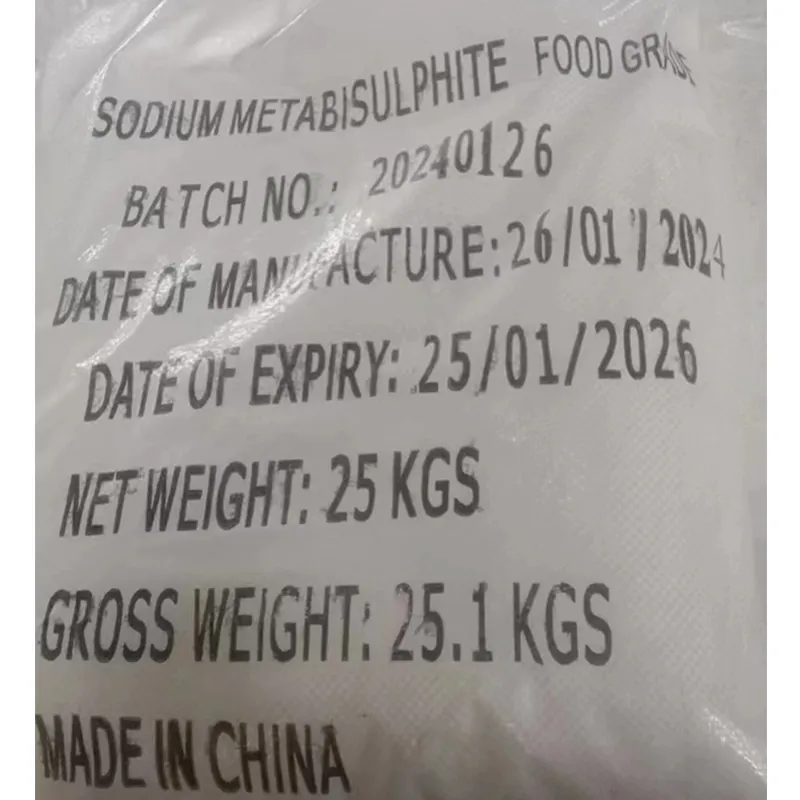
e160b food additive
Exploring E160b The Food Additive and Its Implications
In the realm of food production and processing, additives play a crucial role in enhancing both the aesthetic appeal and durability of food products. Among these additives, E160b, also known as Annatto extract, has gained significant attention in recent years. Derived from the seeds of the achiote tree (Bixa orellana), E160b is primarily used for its color-enhancing properties. It is most commonly found in cheese, butter, margarine, and various processed foods. This article delves into the origins, uses, safety, and potential controversies surrounding E160b.
Origins and Extraction
Annatto has been utilized for centuries, particularly in South America, where it is deeply ingrained in cultural culinary practices. The extraction of E160b is relatively straightforward; the seeds of the achiote plant are harvested, and through a process of boiling or soaking in oil or alcohol, the vibrant orange-red pigment, known as bixin, is obtained. This pigment is responsible for imparting a rich color to the food products, making them more visually appealing to consumers.
Uses in Food Industry
E160b is widely employed in the food industry, appreciated for its versatility and natural origin. Its primary function is as a coloring agent, providing a warm hue to products, which often aligns with consumer preferences for natural and appealing food. For instance, in the cheese-making process, E160b is used to create a distinctive yellow color in products such as cheddar and gouda. Beyond dairy, E160b can be found in snacks, sauces, salad dressings, and even ice creams.
In addition to its coloring properties, E160b may offer some functional benefits. It can act as a natural preservative, helping to inhibit the growth of certain microorganisms, potentially extending the shelf life of products. Furthermore, it is considered a safer alternative to synthetic dyes, which have faced scrutiny in recent years due to health concerns.
e160b food additive

Safety and Regulations
The safety of food additives, including E160b, is a topic of ongoing research and debate. Various regulatory bodies, including the European Food Safety Authority (EFSA) and the U.S. Food and Drug Administration (FDA), have evaluated E160b's safety. According to these assessments, E160b is generally recognized as safe for consumption when used within established limits. However, like any additive, individual sensitivities may arise. Some people may experience allergic reactions or intolerance, particularly those with specific food allergies.
Potential Controversies
Despite its natural origin and regulatory approval, E160b is not without controversy. The growing trend towards organic and clean-label products has led many consumers to scrutinize food contents closely. While E160b is indeed derived from a natural source, perceptions regarding artificial versus natural additives have sparked debates among health-conscious individuals. Additionally, there are concerns regarding the environmental impact of achiote cultivation, particularly in areas where deforestation and unsustainable agricultural practices may occur.
Moreover, as consumer awareness increases, food manufacturers are encouraged to be transparent regarding their ingredient sourcing and processing methods. Companies may face pressure to ensure that their products are not only safe and appealing but also ethically sourced and environmentally friendly.
Conclusion
As we continue to explore the world of food additives, E160b stands out as a noteworthy example of a natural colorant with historical significance and modern applications. While its safety has been affirmed by various health authorities, the ongoing discussions around clean eating and sustainability challenge manufacturers to adapt to changing consumer expectations. Understanding the role of E160b in food production is essential for consumers who desire to make informed choices about the products they consume. In the end, the dialogue surrounding natural additives like E160b is a testament to the evolving landscape of the food industry, where tradition meets innovation.
-
Water Treatment Chemicals for Industrial ProcessesNewsAug.07,2025
-
Unlocking the Secrets of Ammonium Bicarbonate in Traditional BakingNewsAug.07,2025
-
Monosodium Glutamate Seasoning for Stock EnhancementNewsAug.07,2025
-
Enhancing Dimethyl Disulfide Solubility with Green SolventsNewsAug.07,2025
-
Aspartame Safety: Current Research and RegulationsNewsAug.07,2025
-
Aluminum Hydroxide Antacid and Nutrient Absorption ImpactNewsAug.07,2025
-
1,2,3-Benzotriazole: The Unsung Hero of Industrial Chemical InnovationNewsAug.07,2025
Hebei Tenger Chemical Technology Co., Ltd. focuses on the chemical industry and is committed to the export service of chemical raw materials.
-

view more DiethanolisopropanolamineIn the ever-growing field of chemical solutions, diethanolisopropanolamine (DEIPA) stands out as a versatile and important compound. Due to its unique chemical structure and properties, DEIPA is of interest to various industries including construction, personal care, and agriculture. -

view more TriisopropanolamineTriisopropanolamine (TIPA) alkanol amine substance, is a kind of alcohol amine compound with amino and alcohol hydroxyl, and because of its molecules contains both amino and hydroxyl. -

view more Tetramethyl Thiuram DisulfideTetramethyl thiuram disulfide, also known as TMTD, is a white to light-yellow powder with a distinct sulfur-like odor. It is soluble in organic solvents such as benzene, acetone, and ethyl acetate, making it highly versatile for use in different formulations. TMTD is known for its excellent vulcanization acceleration properties, which makes it a key ingredient in the production of rubber products. Additionally, it acts as an effective fungicide and bactericide, making it valuable in agricultural applications. Its high purity and stability ensure consistent performance, making it a preferred choice for manufacturers across various industries.











